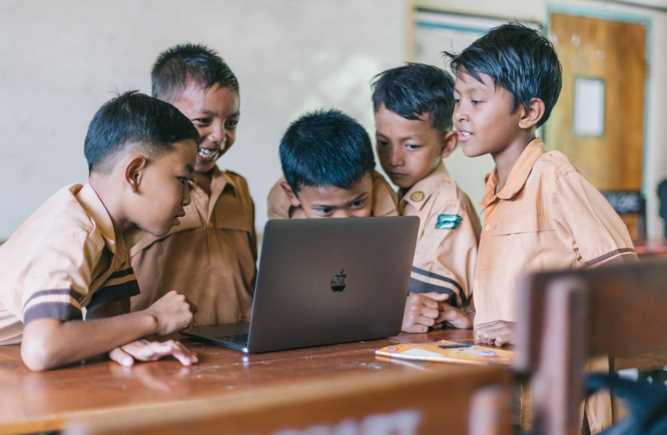Every learner has a distinct way of learning, similar to how everyone has a unique fingerprint. It is possible that not all students understand the topic or are at the same level. So, how can you make your courses more accessible to everyone in the class? In this case, differentiated education is considered. It is a strategy you may have heard of but haven’t tried.
Differentiation refers to the efforts of teachers to address disparities among students in the classroom. When teachers approach individuals or groups, differentiated learning occurs to change their teaching methods in order to provide the best possible educational experience.
Differentiated instruction might entail teaching the same subject to all students using a number of instructional techniques. It might also indicate that the instructor varies the level of the lessons according to the students’ abilities.
How Does It Work?
Differentiated teaching will change from time to time in different grades or even in several schools. Each group’s students switch in and out. They will be able to engage in a variety of groups as a result of this. A team might be as small as two learners or as large as a hundred. In every situation, it’s a chance for students to learn from one another.
Students often take on the role of instructors, presenting what they’ve studied and posing questions to their peers. Teachers keep track of their students’ strengths and shortcomings on a frequent basis, both formally and informally. They do this to ensure that the students are growing in their understanding and mastery of coursework.
Differentiated instruction and individualized instruction are not the same. This kind of Differentiated instruction alters the rate at which students learn. It also necessitates a one-on-one approach for each learner, which is not possible with differentiation.
Differentiated instruction and personalised learning are not the same things. Learners have their own educational profiles and routes to pursue with the help of personalized learning.
Differentiated Instruction Strategies
The first method of differentiation is to alter the physical arrangement of the classroom. Develop individual workstations in the classroom. This requires reorganizing the furniture for individual and team work. Design a teaching table, for instance, where teacher-led training will take place. This workstation would be dedicated to the instruction of new and difficult topics.
Differentiation methods may also help you target diverse learners by shaking up the end outcome that students give in for assignments. Some children learn through sight, while others learn through hearing or reading. Depending on how students absorb the information, you may provide them with several ways to communicate their knowledge of the lesson.
The softball approach is also advantageous. Toss the ball to one of the students. Ask a pupil a question that is appropriate for their level. A student tosses a ball to a classmate. The teacher asks the kid a question. Continue the game until every student has had a chance to respond to a question.
When employing differentiated instruction, it’s critical to keep both eyes and ears alert. You’ll have to keep an eye on how your endeavors are influencing your students while maintaining an open dialogue and high levels of participation. Differentiated instruction requires a lot of preparation, but with ongoing evaluation and a variety of techniques, you’ll be able to cater to all of your students’ learning strategies.
